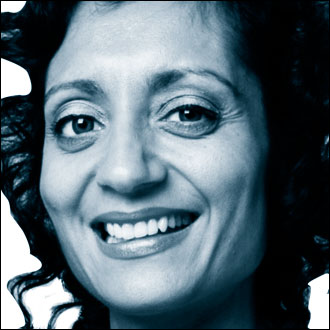The myth of the ten-minute consultation

As a GP trainer, one of the hot topics for discussion amongst Trainers’ groups is how quickly the trainee should get their consultations down to ten minutes. I find these discussions difficult as I have never achieved this myself, and I wonder how many GPs do.
A recent audit of consultations at our practice showed that the majority of GPs were consulting for an average of 12.5 minutes but my average consulting time was 14 minutes. This higher-than-average consultation length did not translate into longer average waiting time for patients, as I have always consulted with breaks after every four to five patients.
There are many reasons why the ten-minute consultation is becoming as fanciful as a leprechaun to me. The following, fairly typical consultation at my practice will explain why:
09.00: Call patient on display board and over the tannoy.
09.01: Patient finally arrives after I have intercepted them walking down the wrong corridor. She has come alone and speaks no English so I call the Bengali interpreter
09.03: Interpreter arrives after finishing with last GP. There is no Bengali interpreter available today so she will attempt to consult in Hindi or Urdu
09.04: Interpreter reports that patient’s communication in Hindi/Urdu is limited so we cannot proceed.
09.06: Get through to Bengali interpreter on the phone, via Big Word.
09.09: Get a history of postmenopausal bleeding for the last three months
09.10: Beeeeeeeeeeeeeeeeep! Time’s up.
Language and multiculturalism are not the only reasons for running late. I am sure many of you will be familiar with the time it takes for a patient to undo hook and eye of a suspender belt and corset, or undress an infant out of a coat, cardigan, dungarees, shirt, body suit, vest and tights.
Beyond language and clothing problems, we are also bombarded with a whole surgery of complex co-morbidities and mental health problems. We no longer have the respite of a smattering of sore throats and Pill checks – now triaged out to minor illness and nurse practitioner clinics.
Laudable as it is, eliciting the patient’s ICE, responding to all their cues, sharing a variety of management options and safety-netting takes considerably longer than ten minutes.
The most laughable element of the proposed new contract is the removal of the minimum ten-minute consultation time. There will obviously be a rush of GPs waiting to exploit this policy and reduce consultation times to five minutes so they can spend an extra hour or two on the golf course.
Or perhaps this contract change is to justify the use of total telephone triage, which seems to be the stock answer to managing the funding and workforce crises at the moment.
As a profession, we are doing ourselves no favours by pretending we can manage patients in less than ten minutes in a face-to-face appointment – or in five in a telephone call. The Government, with the help of our College, realised this – and is now trying to sell us the dream of email, Skype and telephone access on an ‘anytime, anywhere’-contract style.
The reality is that the complex, ageing population with more long-term conditions will need more face-to-face time, and this requires manpower and money.
Alternative access models or the use of technology is no substitute for this, and when our heads are on the block for a medical negligence case, we should remind them so.
As a profession we should whistle-blow a system that allows up to forty daily face-to-face contacts per GP, which has origins rooted in the archaic model of capitation fee (rather than activity fee).
But the latter is not compatible with a socialised health care system and is therefore seldom discussed in a meaningful way.
Dr Shaba Nabi is a GP trainer in Bristol.









